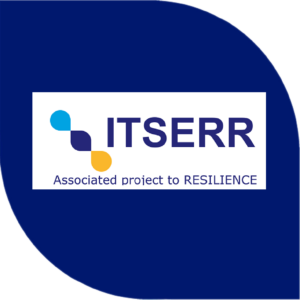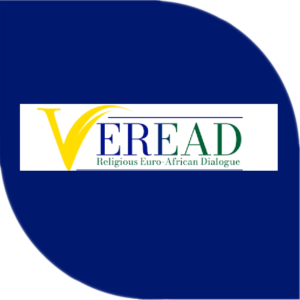Related Projects
Working on a Research Infrastructure means also learning from other initiatives and projects and exchanging or collaborating with them.
RESILIENCE is in close contact with following projects:
 |
ITSERR – Italian Strengthening of ESFRI RI RESILIENCE
ITSERR is a project designed to strengthen the ESFRI RI RESILIENCE according to the needs of the Religious Studies scientific community to support the existing national infrastructure and bring it to a higher level of maturity, in terms of involvement of technology and ability to increase the innovation, quality and variety of the knowledge produced by the community of Religious Studies. |
||||
|
|
|||||
 |
ReligiS
The project “Religions and Societies in the face of Contemporary Challenges” – “RELIGIons et Sociétés face aux défis contemporains” (ReligiS) has been awarded a grant of €9,000,000 over 6 years in the context of the France 2030 call for projects in the humanities and social sciences, with a mid-term evaluation. Led by the University of Strasbourg, it is based on a consortium of 13 institutions. |
||||
|
|||||
